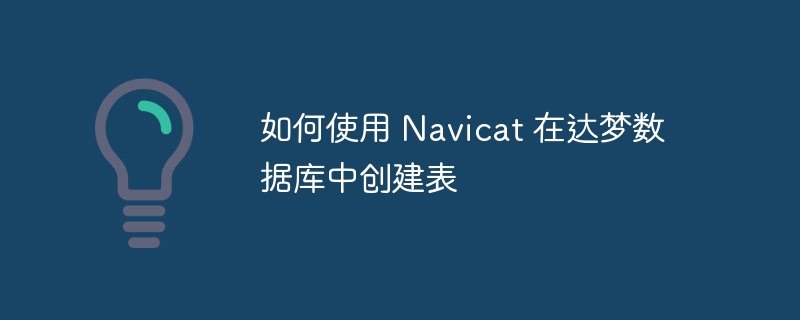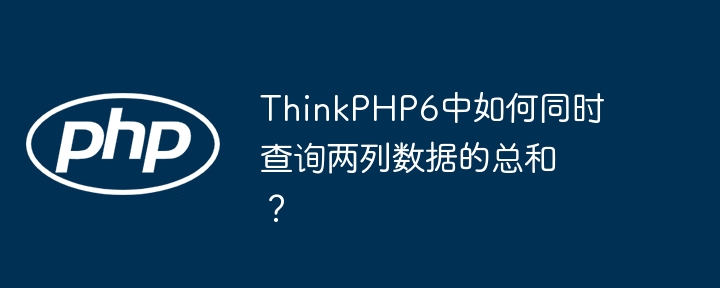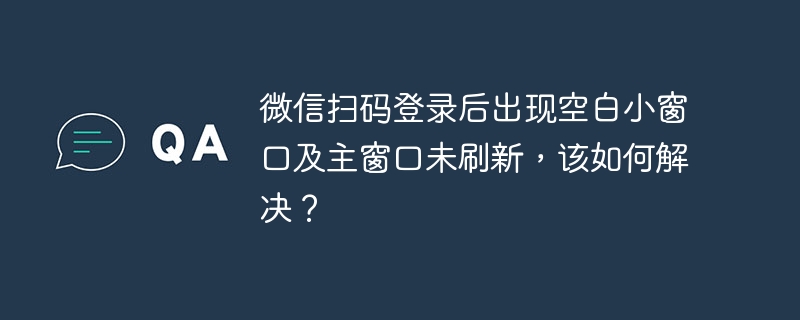在python中實現線程同步可以通過使用lock、rlock、semaphore、condition和Event等工具。1. lock用于確保同一時間只有一個線程訪問共享資源。2. rlock允許同一個線程多次獲取同一把鎖。3. semaphore控制同時訪問資源的線程數量。4. condition用于復雜的同步場景,如生產者-消費者模式。5. event用于線程間的簡單通信。這些工具結合使用可以有效管理多線程應用中的同步問題。

在python中實現線程同步是個有趣且關鍵的話題,尤其是在編寫多線程應用時,確保線程之間的協調和數據一致性至關重要。那么,怎樣在Python中實現線程同步呢?我們可以使用Python提供的幾個工具,如Lock、RLock、Semaphore、Condition以及Event。這些工具各有其用途和適用場景,下面我將詳細展開討論如何使用它們,以及在實際開發中應注意的要點和一些我個人的經驗分享。
首先,讓我們從最基礎的工具Lock開始,它就像是多線程編程中的一把鎖,確保在同一時間只有一個線程能夠訪問共享資源。這對于避免競爭條件(race condition)非常有用。以下是一個簡單的示例:
import threading # 共享資源 counter = 0 # 鎖對象 lock = threading.Lock() def increment(): global counter for _ in range(100000): with lock: # 獲得鎖 counter += 1 # 增加計數器 # 鎖會在這里自動釋放 # 創建兩個線程 thread1 = threading.Thread(target=increment) thread2 = threading.Thread(target=increment) # 啟動線程 thread1.start() thread2.start() # 等待線程完成 thread1.join() thread2.join() print(f"最終計數器值: {counter}")
在這個例子中,with lock:確保了在修改共享變量counter時,兩個線程不會同時進行操作,從而保證了數據的正確性。
立即學習“Python免費學習筆記(深入)”;
接下來,讓我們談談RLock(可重入鎖),它與Lock類似,但允許同一個線程多次獲取同一把鎖。這在遞歸函數中或需要嵌套鎖的場景中非常有用。使用RLock時,需要注意的是,鎖的釋放必須與獲取次數相匹配,否則會導致死鎖。
import threading rlock = threading.RLock() def nested_function(): with rlock: print("獲得鎖") with rlock: print("再次獲得鎖") thread = threading.Thread(target=nested_function) thread.start() thread.join()
Semaphore是另一種同步工具,它用于控制同時訪問某個資源的線程數量。比如,你有一個池子,只能同時容納5個線程,那么可以使用Semaphore來實現這個限制。
import threading import time semaphore = threading.Semaphore(5) def worker(): with semaphore: print(f"線程 {threading.current_thread().name} 進入池子") time.sleep(2) print(f"線程 {threading.current_thread().name} 離開池子") threads = [] for i in range(10): t = threading.Thread(target=worker, name=f"Thread-{i}") threads.append(t) t.start() for t in threads: t.join()
在使用Semaphore時,需要注意的是,信號量的值會影響程序的并發度,設置不當可能會導致性能問題。
Condition變量用于更復雜的線程同步場景,它允許線程在滿足某些條件時進行等待和通知。以下是一個生產者-消費者的簡單實現:
import threading import time import random items = [] condition = threading.Condition() def producer(): global items while True: with condition: if len(items) == 10: condition.wait() item = random.randint(1, 10) items.append(item) print(f"生產者添加了{item}") condition.notify() def consumer(): global items while True: with condition: if len(items) == 0: condition.wait() item = items.pop(0) print(f"消費者消費了{item}") condition.notify() time.sleep(1) producer_thread = threading.Thread(target=producer) consumer_thread = threading.Thread(target=consumer) producer_thread.start() consumer_thread.start() producer_thread.join() consumer_thread.join()
使用Condition時,需要特別注意條件變量的使用是否正確,否則可能會導致死鎖或其他同步問題。
最后,Event對象用于線程間的簡單通信,它允許一個線程通知其他線程某個事件已經發生。以下是一個簡單的示例:
import threading import time event = threading.Event() def worker(): print("等待事件...") event.wait() print("事件已觸發,繼續執行") thread = threading.Thread(target=worker) thread.start() time.sleep(2) print("觸發事件") event.set() thread.join()
在使用Event時,需要注意的是,Event是非重置的,一旦被設置為True,除非手動重置,否則會一直保持True狀態。
在實際開發中,我發現線程同步的實現往往需要結合多種工具來達到最佳效果。例如,在一個復雜的系統中,可能需要同時使用Lock來保護關鍵數據,Semaphore來控制并發度,Condition來實現生產者-消費者模式,等等。同時,還需要注意避免死鎖,這通常可以通過確保鎖的獲取順序一致來避免。
此外,Python的threading模塊雖然強大,但也有一些限制,比如全局解釋器鎖(GIL)會影響多線程程序的性能。對于需要高并發的應用,可能需要考慮使用multiprocessing模塊或異步編程(如asyncio)來替代或補充線程。
總之,線程同步在Python中可以通過多種工具來實現,每種工具都有其獨特的用途和適用場景。通過合理使用這些工具,并結合實際經驗和最佳實踐,可以有效地管理多線程應用中的同步問題。



















